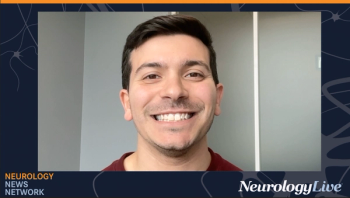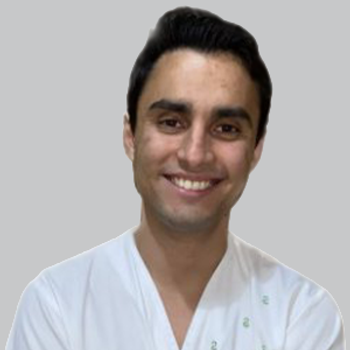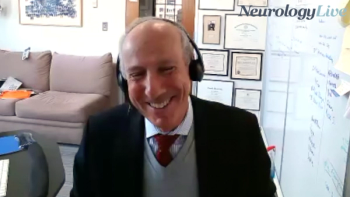
Understanding Global Barriers in Headache Care With Insights from Kenya and the Philippines: Rami Burstein, PhD
The professor of neuroscience at Harvard Medical School highlighted gaps in headache care access, provider training, and medication availability in regions like Kenya and the Philippines. [WATCH TIME: 5 minutes]
WATCH TIME: 5 minutes
"The biggest challenge is the complete lack of access to any health care providers who have any knowledge about the diagnosis or treatment of migraine or any other headache. This is by far the largest challenge, and it directly involves the International Headache Society, because it’s a medical society whose major job is to educate healthcare providers about headache."
Headache disorders are a major global health concern that can reduce quality of life and cause financial losses because of missed work and lower productivity. In low- and middle-income countries, access to appropriate care may be limited by low awareness, inadequate provider training, lack of specialists, poor access to treatments, and gaps in research especially in populations with high HIV prevalence. Addressing these barriers through better education, provider training, policy engagement, and local research could be critical to improving headache care in low- and middle-income countries and reduce the global burden of disease.1
This was emphasized in a talk given by Rami Burstein, PhD, John Hedley-Whyte Professor of Anaesthesia and Neuroscience at Harvard Medical School and president of the International Headache Society, at the recently concluded
At the meeting, Burstein, who also serves as the vice chairman of neuroscience in the Department of Anaesthesia at Boston’s Beth Israel Deaconess Medical Center, sat down with NeurologyLive®tohighlight the significant challenges faced by patients with migraine in Kenya and the Philippines. He pointed to major gaps in the availability of trained health care providers, limited access to effective treatments, and systemic barriers that prevent patients from receiving specialized care. Burstein underscored the importance of expanding education and support for frontline health care workers as a key step toward improving headache care globally.
REFERENCES
1. Mortel D, Kawatu N, Steiner TJ, Saylor D. Barriers to headache care in low- and middle-income countries [published correction appears in eNeurologicalSci. 2025 Jan 21;38:100555. doi: 10.1016/j.ensci.2025.100555.]. eNeurologicalSci. 2022;29:100427. Published 2022 Sep 28. doi:10.1016/j.ensci.2022.100427
2. Burstein R. Overcoming Barriers to Headache Care in Low- and Middle-Income Countries – The Story of Kenya and the Philippines. Presented at: 2025 AHS Annual Meeting; June 19-22; Minneapolis, MN.
Newsletter
Keep your finger on the pulse of neurology—subscribe to NeurologyLive for expert interviews, new data, and breakthrough treatment updates.



































